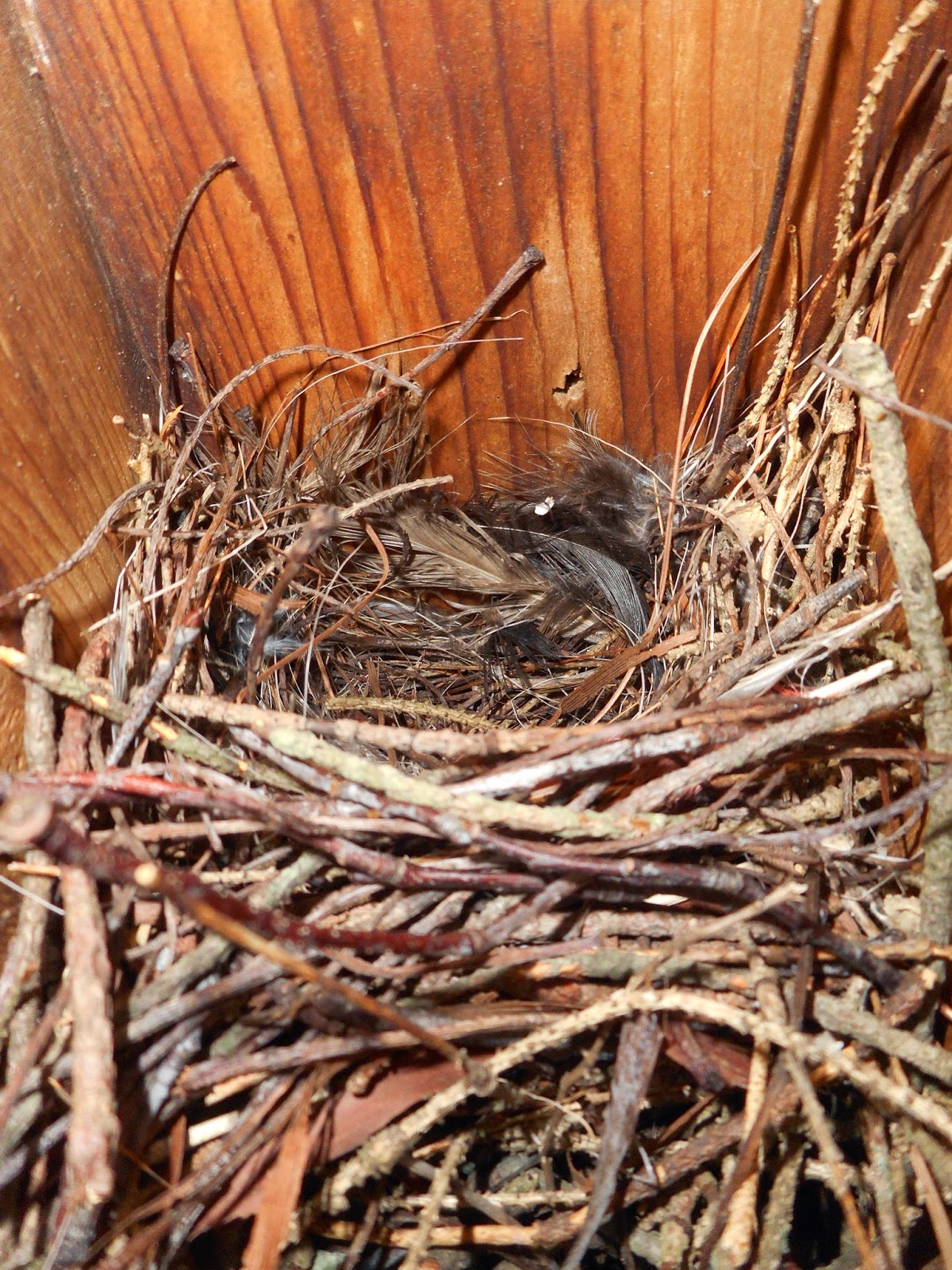Today we confirmed that the first male to arrive (bk/wh, gn/al) has attracted a second female! The house wren mating system is classified as "facultatively polygynous". This means that most of the time they are socially monogamous, pairing with just one mate (though often mating with many more!). However, given the opportunity male house wrens will attract a second female and become polygynous. Usually this is fairly rare at my study site because of the way the boxes are placed. This year several males are attempting polygyny, possibly because the population is still rather small. Usually males attract females on adjacent territories, but bk/wh, gn/al actually has two territories separated by a large field. You can get a sense of the distance in the picture below.
Bk/wh, gn/al's first territory (A6) is to the right of my car. His second territory (A3) is against the treeline across the field at the left-most edge of the photo
This year is shaping up to be very successful for bk/wh, gn/al. He's gone from building a crooked nest in 2011 and attracting zero females to pairing with two simultaneously this year. Polygyny is great if males can manage it because they can potentially produce twice the offspring. Polygyny is less great for females. Males help protect nests from predators and other wrens, help signal when it's safe to leave the nest when the female is incubating, and feed the nestlings with the females. When the male's attention is split, the females can suffer. Bk/wh, gn/al's first female is currently half way through her incubation period, so she will be done with her clutch by the time the second female's eggs hatch. This should decrease the negative effects of polygyny.
Bk/wh, gn/al's age might have something to do with the fact that he's so successful this year. Females might prefer older males because they've demonstrated the ability to survive that long and could pass those genes on to their offspring. Male skills may also improve with age. Bk/wh, gn/al's nest building skills certainly have! Perhaps his skills at wooing females have as well.



